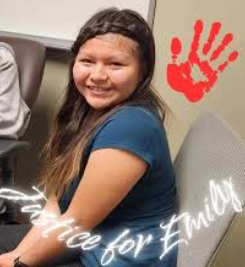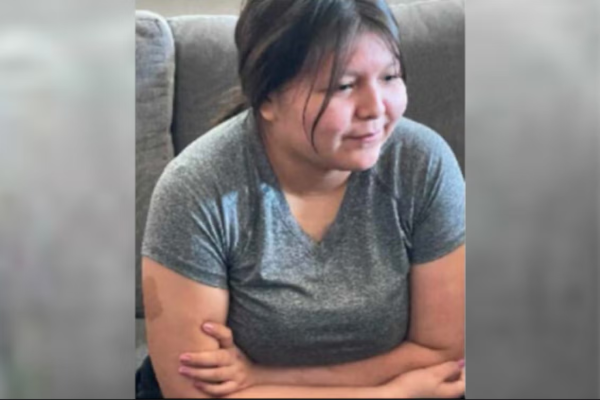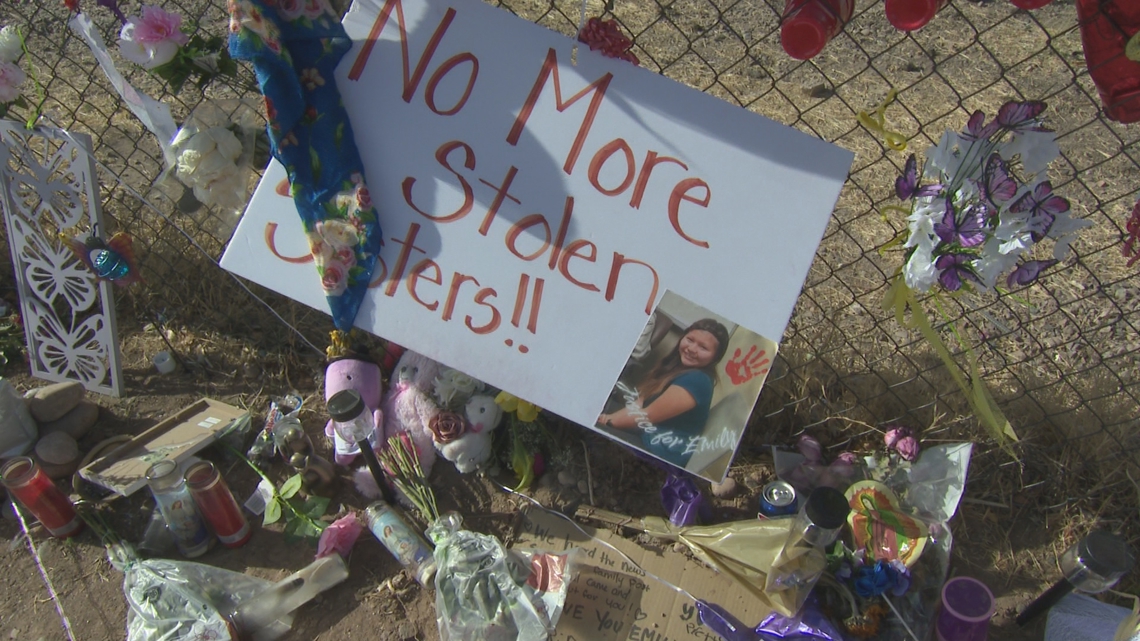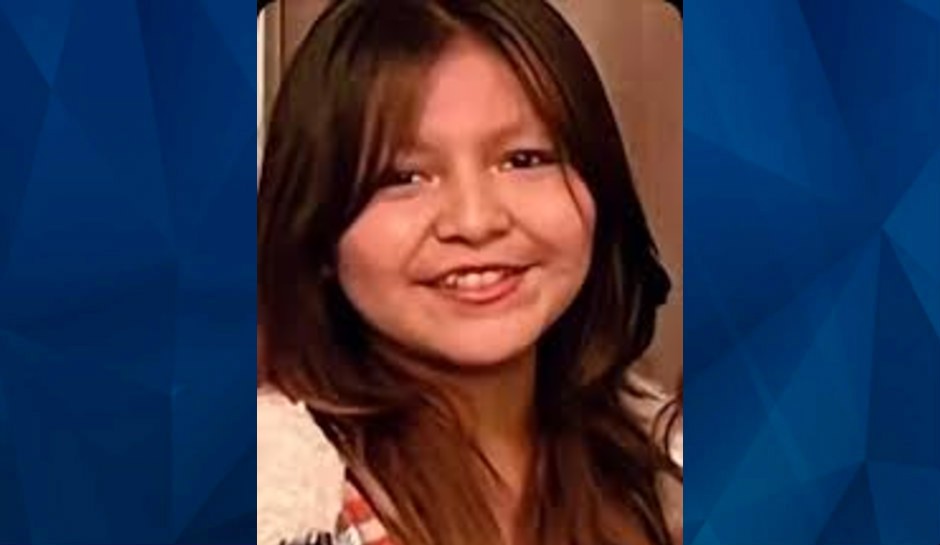“Say her name! Emily Pike!” was shouted repeatedly as hundreds of people gathered outside a church in Mesa for a vigil to honor and support the family of San Carlos Apache teen Emily Pike, who was murdered in February.

azmirror.com
‘Say her name’: Hundreds gather to honor Native teen Emily Pike, demanding justice for her death
“Say her name! Emily Pike!” was shouted repeatedly as hundreds of people gathered outside a church in Mesa for a vigil to honor and support the family of San Carlos Apache teen Emily Pike, who was murdered in February.
“We have to say her name,” Gail Pechuli said.
Pechuli, the family’s spokesperson, said it was important because the family wants people to share Emily’s story. She said seeing the large crowd show up in support of Emily has touched their hearts.
“It gives them a lot of hope at a time where they need comfort and strength,” she said, and the family understands Emily is now part of MMIW.
The family has been inundated with support — and requests to use Emily’s story to raise awareness for MMIW, the crisis of Missing and Murdered Indigenous Women that the family, like so many others, now finds itself an unwilling part of.
Signs reading “Justice for Emily Pike” and “No More Stolen Sisters” stood out among the hundreds of Indigenous and non-Indigenous people gathered on March 6 at Encounter AZ church in Mesa for a candlelight vigil for Emily.
The family and supporters sat inside the sanctuary. At the same time, hundreds gathered outside as speakers shared their condolences, sang songs in honor of Emily, and discussed the beauty of the community coming together to raise awareness about the ongoing MMIW crisis.
“In the midst of tragedy and sorrow, something good should come out of this,” Pechuli said. “That’s what gives the family hope.”
A memo from the sheriff’s office that was leaked on social media reported that there were visible face and head trauma, but the cause of Emily’s death was undetermined.
It remains an active homicide investigation, and GCSO is collaborating with several agencies, including the San Carlos Apache Tribal Police Department, the Bureau of Indian Affairs and the Federal Bureau of Investigation.
Emily’s tragic death has put a spotlight on the harsh realities of the Missing and Murdered Indigenous Peoples epidemic that has impacted Indigenous communities for generations, but has only recently drawn attention outside of Native communities.
“Indigenous children are disproportionately overrepresented in the child welfare systems not only in Arizona but in the United States generally,” according to the 2024 Interim Progress Report by Arizona’s Missing and Murdered Indigenous People Task Force.
Indigenous children make up nearly 11% of the children placed in out-of-home care as of June 30, 2024, according to statistics from the Arizona Department of Child Safety’s Semi-Annual Child Welfare Report from September 2024.
Children placed in group homes are more likely to run away than if they were placed in foster homes or kinship placement, according to the welfare report.
The Arizona Missing and Murdered Indigenous People Task Force highlights that the DCS report does not include tribal nations in its data breakdown, making it impossible to quantify the impact on Indigenous communities.
“This is a glaring gap because Tribes are not notified, and they are likely in locations where a tribal child might be found and potential partners to help recover missing and runaway children, reducing the likelihood of exploitation or trafficking,” the task force report states.
When Emily went missing, Pechuli said it took a week before the family was notified by San Carlos Tribal Social Services.
“She was labeled as a runaway,” Pechuli said. The family believes that is why the group home, the group home supervisor and tribal services did not act right away.
Pechuli said that a lot of the major news coverage surrounding Emily’s death has focused on her death, how she was a runaway and lived in a group home. Very little has been written about who Emily was.
“She was more than that,” Pechuli said. “She had a lot of hope in her.”
Emily’s mother, Stephanie Doseoa, said her daughter loved cats, and she would always have a cat around their home in San Carlos.
“She was a happy girl,” Doseoa said. “She liked to brighten everyone’s day.”
Doseoa said it has been very emotional to see so many people gather to support Emily, and it is hard for her to take it all in.
“It took me a lot of strength to come here,” she said of the vigil hosted in honor of her daughter.
Doseoa said she is thankful for everyone who has shown their support for her daughter and the support for all missing and murdered Indigenous people.
“I want justice for my daughter,” she added, expressing hope that, with so many people raising awareness, it will help her daughter’s case and others.

















